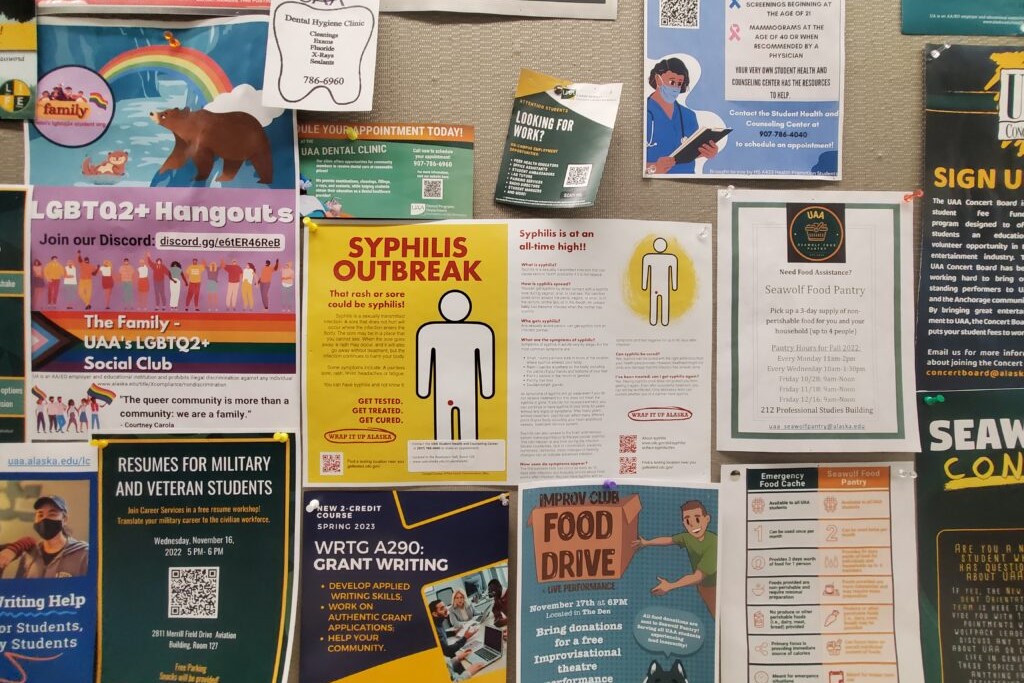
Alaska last year had a slight decrease in its number of reported syphilis cases, marking the first year without an increase since an outbreak was detected in 2018, according to a new bulletin issued by the Division of Public Health’s epidemiology section.
In all, 424 cases were recorded in 2022, a decrease from the 447 reported cases in 2021, according to the bulletin.
But the syphilis statistics revealed some other concerning trends about the sexually transmitted infection. There was an uptick in the percentage of cases that were considered long-term, when the disease is more dangerous.
Julia Rogers, a state epidemiologist and co-author of the bulletin, cautioned against interpreting the absolute case numbers as a sign that Alaska’s syphilis outbreak is being resolved.
“It does not necessarily mean that things have improved in the state,” she said.
There are reasons to believe that testing for the disease and thus detection is lagging, meaning case numbers might be understated, she said.
One problem in Alaska — and nationally, as U.S. syphilis cases have increased sharply since 2017 — is the effect of the COVID-19 pandemic, according to the bulletin.
As with other infections or diseases that are detected through screening, syphilis got less attention when the health system’s resources were focused on the pandemic, Rogers said.

Another sign that raises concerns is that while the big increase in 2018 was largely among men, the cases are now almost evenly divided between men and women, she said. Women who are infected are less likely to have symptoms early on and therefore less likely to get tested, she said.
Women accounted for 47% of the reported cases in 2022, according to the bulletin.
Most concerning is the possibility for pregnant women who are infected to pass the disease onto their babies, Rogers said.
Such cases, known as congenital syphilis, are particularly dangerous. If not treated, they can cause neurological or musculoskeletal disabilities or death, according to state health officials.
Between 2018, when Alaska’s outbreak was detected, and 2022 there were 26 such cases in the state, with all but one of them happening since 2020, according to state records. In 2022 alone, there were 12 cases.
The absolute numbers may seem small, Rogers said, “but that is an enormously high rate of congenital syphilis.”
The new bulletin recommends diligent testing and treatment, with special attention to pregnant women.
“It’s just so, so important that women of reproductive age are screened and tested for syphilis,” Rogers said. “This is probably the most important message that we could have with the bulletin.”
To help boost screening and treatment, with the intent of preventing congenital syphilis, the state has devoted some special funding in the current year’s budget. The Department of Health’s budget includes about $3.3 million to combat syphilis. The funding is through the Healthy Families Initiative.
Alaska Beacon is part of States Newsroom, a network of news bureaus supported by grants and a coalition of donors as a 501c(3) public charity. Alaska Beacon maintains editorial independence. Contact Editor Andrew Kitchenman for questions: info@alaskabeacon.com. Follow Alaska Beacon on Facebook and Twitter.




